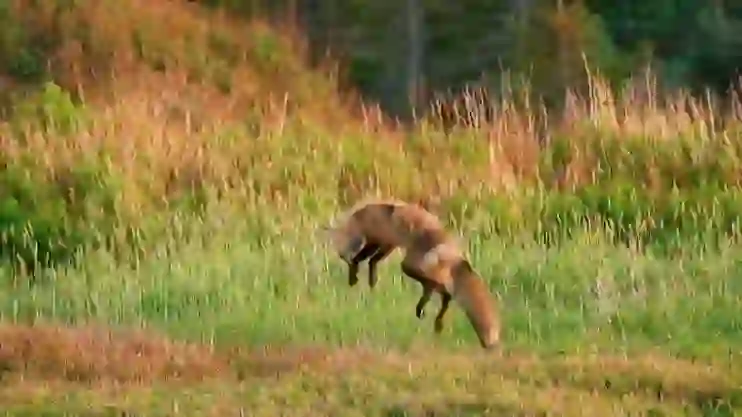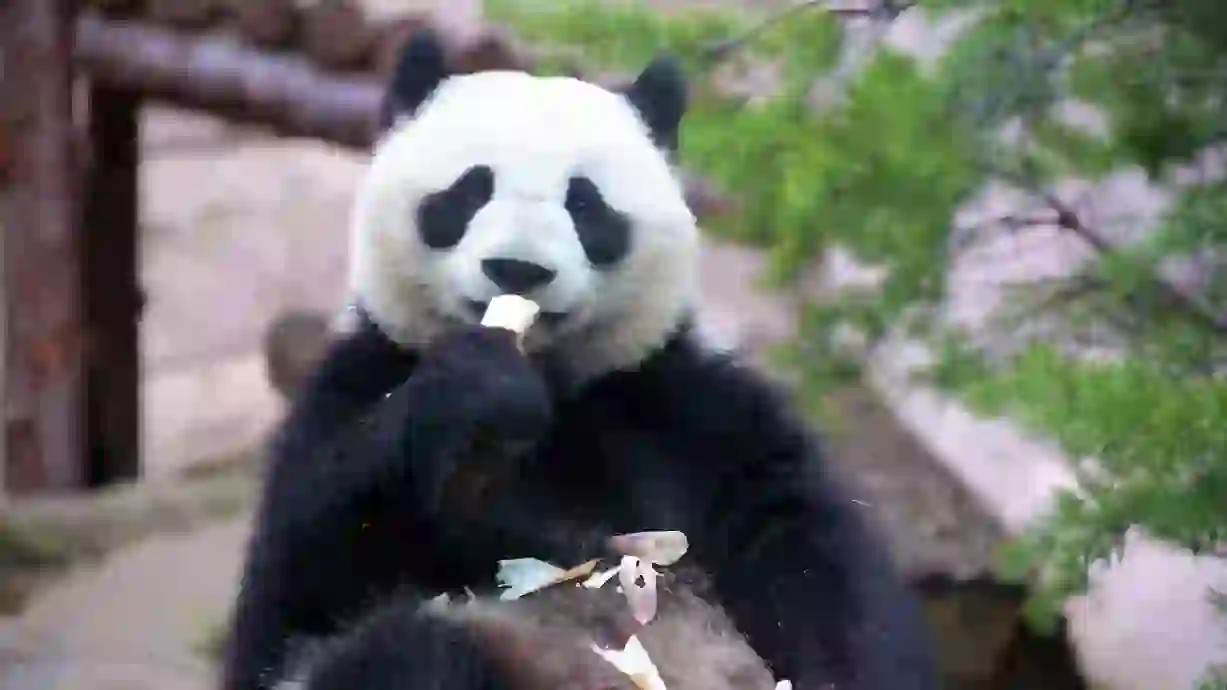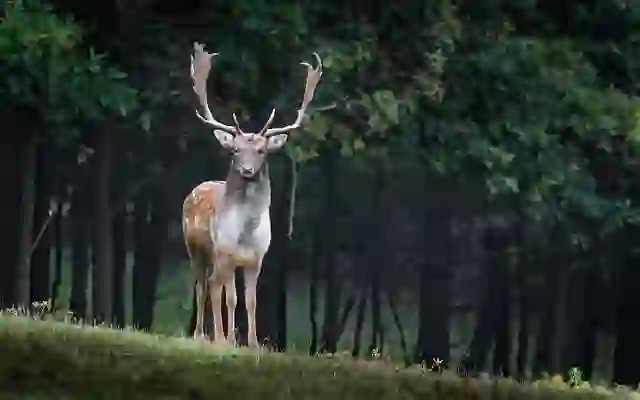
Mexican Wolf
Mexican Wolf
Mexican Wolf
The Mexican wolf once roamed freely across the southwestern United States and Mexico. Driven to the brink of extinction by humans, they are slowly making a comeback with the help of dedicated conservation efforts. Let's listen to the story of the Mexican wolf, explore their ecology, and discover the hope for their future.
Mexican Wolf Basic Infomation
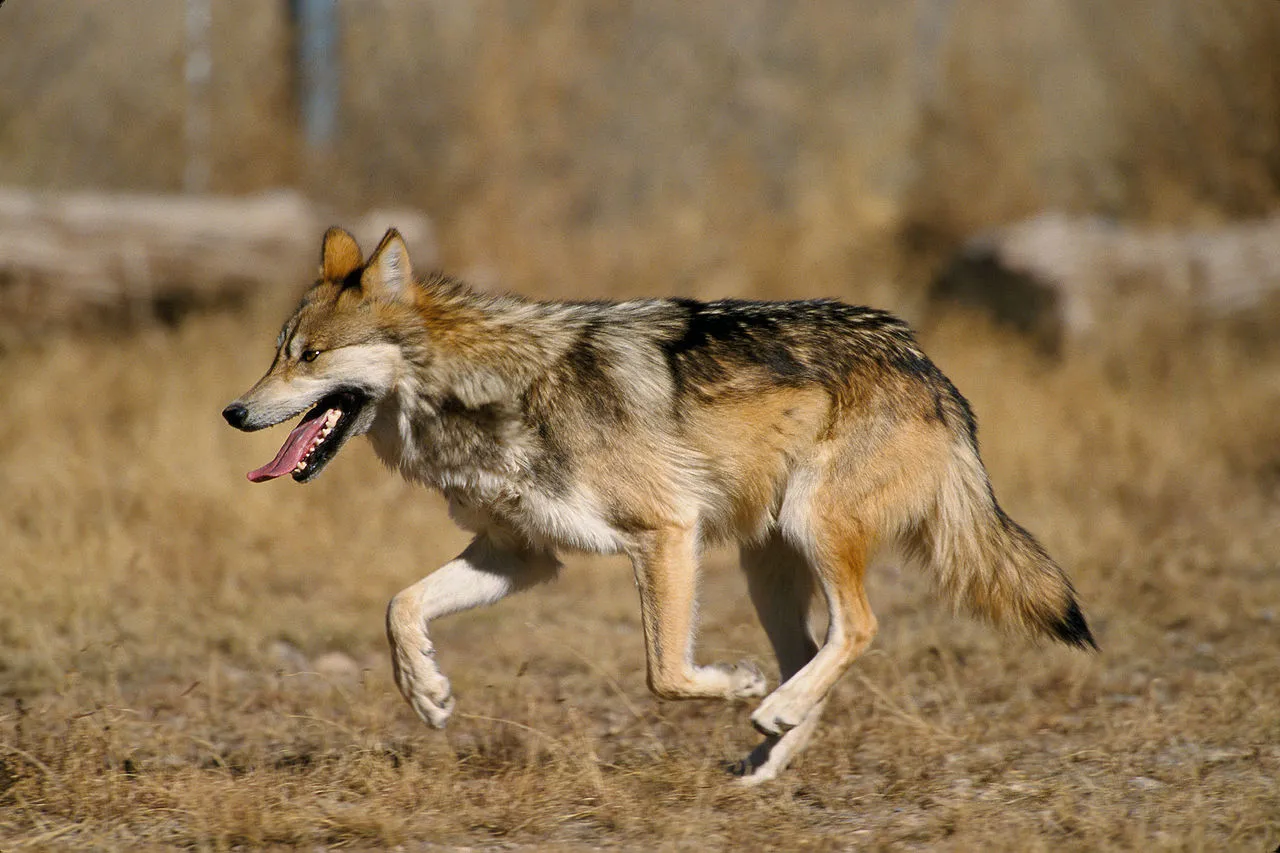
| Property | Value |
|---|---|
| Scientific Name | Canis lupus baileyi |
| Taxonomic Status | ACCEPTED |
| Rank | SUBSPECIES |
| Kingdom | Animalia |
| Phylum | Chordata |
| Class | Mammalia |
| Order | Carnivora |
| Family | Canidae |
| Genus | Canis |
| Conservation Status | Endangered |
| Species | Canis lupus |
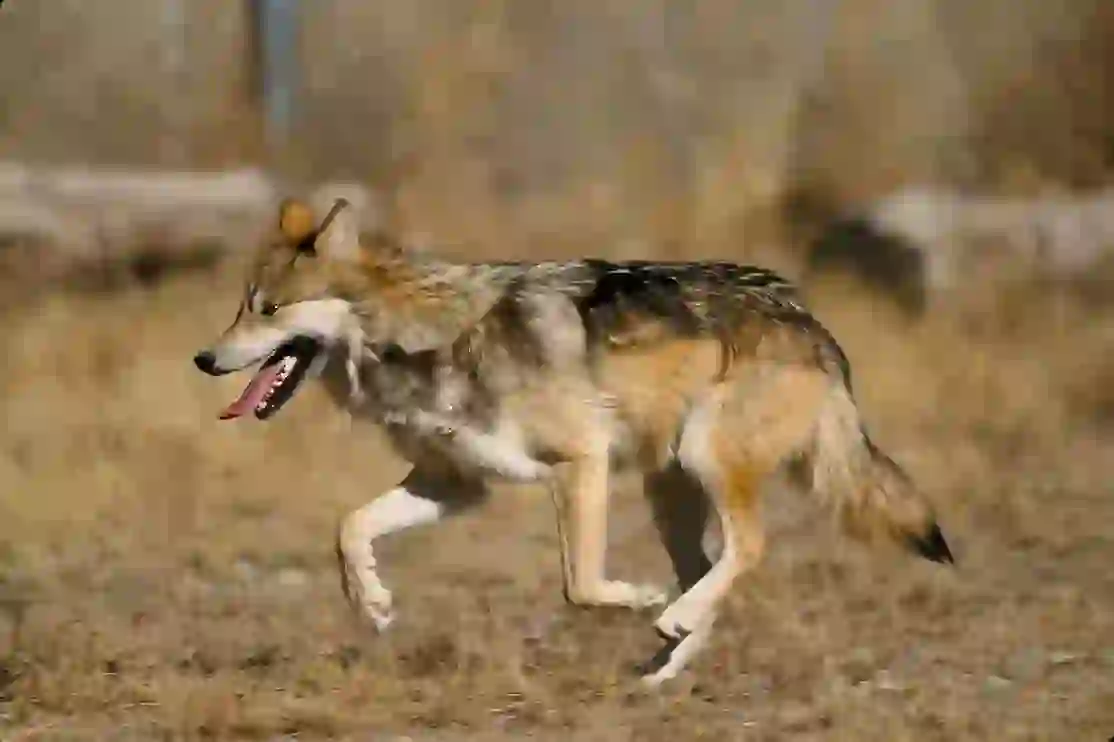
Size
Adults stand about 24 to 32 inches (60 to 80 centimeters) tall at the shoulder and weigh about 55 to 88 pounds (25 to 40 kilograms). They are the smallest of the wolf subspecies. Males tend to be larger than females.
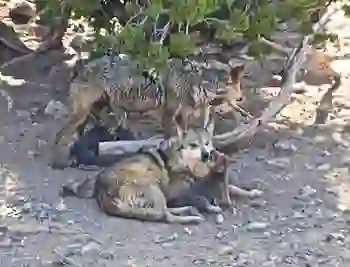
Lifespan
Their lifespan in the wild is about 6 to 8 years. In captivity, they can live for over 15 years.

Distribution
They were once widely distributed in the southwestern United States and Mexico, but they are now reintroduced to parts of Arizona and New Mexico in the United States and parts of northern Mexico. Their wild population is estimated to be about 196 individuals (as of 2021).
Mexican Wolf Q&A

What kind of wolf is the Mexican wolf?
The Mexican wolf is a subspecies of the gray wolf, native to the southwestern region of North America. They have grayish fur, often with a mix of black and brown.
They were adapted to life in the arid environments of deserts and mountains. Mexican wolves are highly social animals that live and hunt in packs. They are known for their intelligence and complex communication methods. They use howls, body language, and facial expressions to communicate with each other.

What do Mexican wolves eat?
Mexican wolves are carnivores and primarily preyed on large mammals like deer, elk, and pronghorn.
Their ability to hunt in packs enabled them to take down prey much larger than themselves. They also ate rabbits, rodents, birds, and occasionally fruits and berries. In the winter, when food was scarce, they would sometimes scavenge on carrion.

Why did they become endangered?
The Mexican wolf was driven to the brink of extinction mainly due to human activities.
In the late 19th and early 20th centuries, as the American West expanded, many settlers moved into the Southwest, which was the Mexican wolf's habitat. They cleared land for ranches and farms and grazed livestock. Mexican wolves were then targeted and eradicated as pests for preying on livestock. The government offered bounties for killing wolves. Furthermore, their forest habitat was logged for timber, leading to habitat loss. These combined factors nearly drove the Mexican wolf to extinction in the wild by the 1970s.

[Quiz!] How did the Mexican wolf make a comeback?
By the 1970s, the Mexican wolf was nearly extinct in the wild. However, conservation efforts were initiated by both the United States and Mexico.
These efforts included:
・Ban on hunting: Hunting of Mexican wolves was completely banned.
・Captive breeding programs: A captive breeding program was initiated, capturing the few remaining Mexican wolves in the wild and breeding them in zoos.
・Reintroduction: Efforts to reintroduce captive-bred Mexican wolves into the wild began. In 1998, 11 Mexican wolves were reintroduced into parts of Arizona and New Mexico in the United States. Reintroduction efforts continued, and now there are about 196 Mexican wolves (as of 2021) living in parts of Arizona and New Mexico in the United States, and parts of northern Mexico.
These conservation efforts have been successful, and the Mexican wolf population is gradually recovering. However, the situation is not yet secure, and continued conservation efforts are essential to ensure their future.

[Quiz!] What challenges are associated with the reintroduction of Mexican wolves?
The reintroduction of Mexican wolves comes with various challenges.
・Livestock depredation: There are concerns that wolves will attack livestock.
・Impact on hunting: There are concerns that wolves will reduce the populations of game animals like deer and elk.
・Risk to humans: There are concerns that wolves might attack humans.
To address these concerns, the United States and Mexico are considering various measures as part of their wolf reintroduction plans. These include installing fences to protect livestock from wolves, strengthening monitoring systems to prevent wolves from approaching human settlements, and engaging in public awareness campaigns to promote coexistence with wolves.

[Quiz!] Can the Mexican wolf make a full recovery?
The reintroduction plan for Mexican wolves is still in its early stages.
It remains to be seen whether their numbers can return to previous levels. However, the successful reintroduction of wolves in Yellowstone National Park offers hope for the Mexican wolf reintroduction plan. Wolves play a crucial role in maintaining a balanced ecosystem. If Mexican wolves can once again be widely distributed in the southwestern United States and Mexico, it could lead to ecosystem recovery and a richer natural environment. Each one of us needs to learn about the current status of the Mexican wolf and consider what we can do to protect them, and then take action.

Would you like to become a part of the 'Animalbook.jp'?
Turn your knowledge into Q&A and share it with the world. ※Publication will be activated after purchase. Let's share information together!
Mexican Wolf Type of List

Characteristics of the Mexican Wolf
- Subspecies of gray wolf
- Once lived in the southwestern United States and Mexico
- Grayish coat, often with a mix of black and brown
- Smallest of the wolf subspecies
- Exterminated as pests for preying on livestock
- Endangered
- Population recovering through conservation programs
Information
Congratulations! You are the first commenter!

Create Your Favorite List!
Mexican Wolf
Save the animals you love! Build your own list to quickly revisit your favorites later.

Would you like to leave a comment?
※Please note: This is for the purchase of rights to post comments within the article.
Find Your Favorites!
Our shop offers a unique and attractive selection of goods themed around various animals.
Mexican Wolf References
Mexican Wolf Introduction of media used

Photographer: Jim Clark, Public domain, via Wikimedia Commons

United States Fish and Wildlife Service, Public domain, via Wikimedia Commons

Help Enrich Our Animalbook.jp with Your Media!
We are constantly looking to expand and enrich our Animalbook.jp with amazing photos and videos of animals. If you have any media that you'd like to share, please contribute and help us showcase the beauty and diversity of the animal kingdom. Your submissions will be credited and featured in our encyclopedia, reaching a wide audience of animal lovers.



